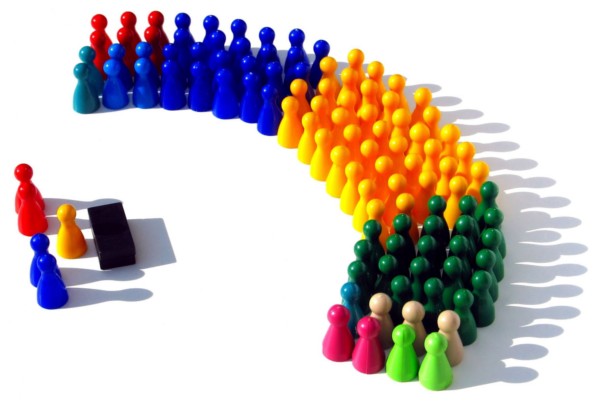Republic
A republic is a form of government that has the following characteristics.
In republics, the Head of State is elected through elections.
The president and government of the republic rule the state.
The supreme head of a republic is called the president and the head of the government, the prime minister.
The President remains in his/her position for a specified period, never for life, and it is not a hereditary position.
- The people elect the president directly and through universal suffrage, as in France.
- The party that secures a majority from among the members of parliament elected by the people chooses the prime minister, as in Spain.
- In the United States of America, for example, the people elect their delegates in each individual state in the union, and the delegates then elect the president.
The President is not only the supreme representative of the State, he/she is also the head of government or Executive power. The power of the president varies from one republic to another.
Each constitution stipulates how long the same person can be head of government, head of the republic or prime minister, how long this period can be and for how many legislative periods.




